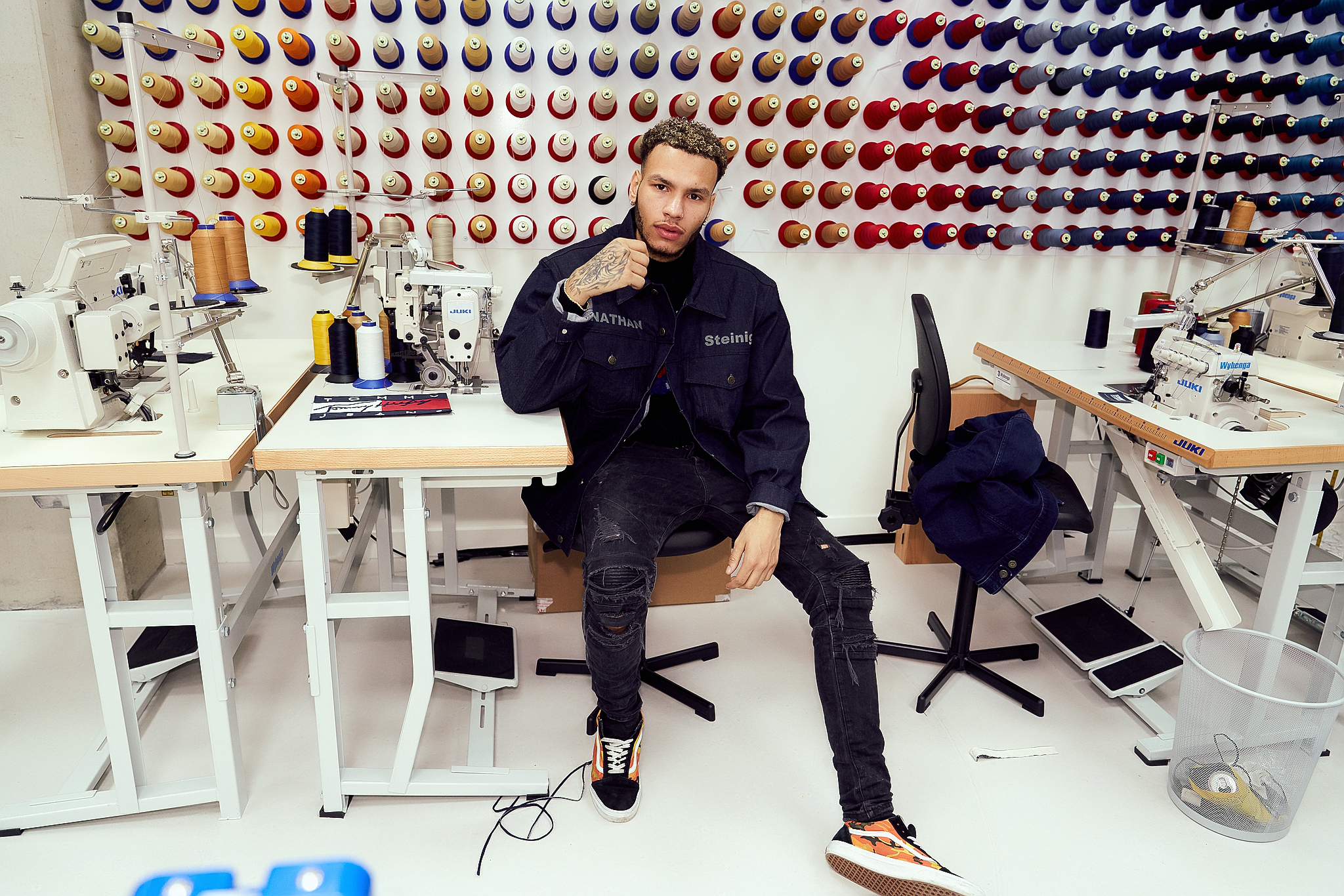Principal Designer Tommy Hilfiger is constantly asking, “What’s next?” This phrase has been integral to his company’s environmental and social evolution, Tommy Hilfiger Global, and his innovative relationship with CEO Martijn Hagman. Hilfiger and Hagman joined the Fast Company Innovation Festival for “Tommy Hilfiger’s Boldest Ambition Yet: A Vision for a Better Fashion Industry.” The panel focused on their efforts to increase sustainability, inclusivity, and ingenuity within the fashion industry. The panel premiered Oct. 6 at 10 am EST. Fast Company Senior Staff Writer Elizabeth Segran moderated the event.
Hilfiger and Hagman emphasized the importance of ambitious goals, innovation, and how Tommy Hilfiger Global prioritizes environmental and social sustainability.
Hagman’s June 2020 promotion to CEO of Tommy Hilfiger Global pushed him to refocus on the company’s mission. “[Being promoted to] CEO amid the COVID crisis and with the Black Lives Matter movement going on, it was obvious, for me personally and professionally, a moment of reflection,” Hagman said. Tommy Hilfiger Global is known for being ahead of the game sustainably, but the company hasn’t stopped reflecting on what they could be doing better. “We [decided that we] have to change something. We can not continue like this.”
The COVID-19 crisis hasn’t decreased Tommy Hilfiger Global’s sustainable efforts or standards either. It’s allowed them to focus their efforts and enhance them. Organic cotton, recycled cotton, and low impact finishing techniques continue to dominate their production.
Their environmental sustainability processes have been ground-breaking for the fashion industry: including cleaning jeans through laser treatments. This process eliminates water waste and dye poisoning. “When you wash denim, you’re polluting bodies of water,” Hilfiger said. The vast water waste and indigo dye’s irreversible effects made moving beyond sustainable cloth a must.
“We give [a] really hard push to reduce our greenhouse gas emissions, not only in our own facilities but also in the supply chain, using the science-based targets and to meet the expectations or goals […] set in the Paris agreement,” Hagman said. Their PVH European distribution center in the Netherlands utilizes 48,000 solar panels.
Last August, the company announced the “Make It Possible” strategy, comprised of 24 ambitious, sustainability-related goals to complete by 2030. A need for circularity and inclusivity strongly influenced these goals. “We want to be a brand that wastes nothing and welcomes all,” Hagman said. “For us, sustainability is not just the environmental side; it’s also social sustainability.”

As a company, Tommy Hilfiger Global looks for social sustainability in all that they do. “Inclusivity is about the brand offering an inclusive product, offering inclusive shopping experiences,” Hagman said. “On the other hand, it’s about creating an inclusive workplace and looking after workers’ rights in the supply chain.”
This year, Tommy released the “People’s Place” initiative, named after his first business. “I wanted it to be a place for the people,” Hilfiger said. “It was a community of people who were like-minded and were also obsessed with the fashion music revolution taking place.” The People’s Place initiative takes action to ensure BIPOC representation, support, and funding within Tommy Hilfiger Global.
Hagman admits the company still has ways to go, but the evolving future of innovation and collaboration keeps him hopeful. “We would like to set an example for other companies in the world to do the right thing,” Hilfiger said.
Words by Ashley Wehrs
Image Provided by Tommy Hilfiger PR

